
Header photo: Aerial image of the Oregon Gulch rehabilitation site in August 2024. [Eric Weisman].
River Riffle Newsletter – October
Contents
- Current Conditions
- Reading, Listening & Watching
- Program Update: Implementation Branch Update
- Featured Article: Flow Variability: the pulse of a river system
- Trinity River Animal Spotlight: Bug of the month: Mayfly Isonychia mayflies
- Upcoming Meetings and Events
Current Conditions
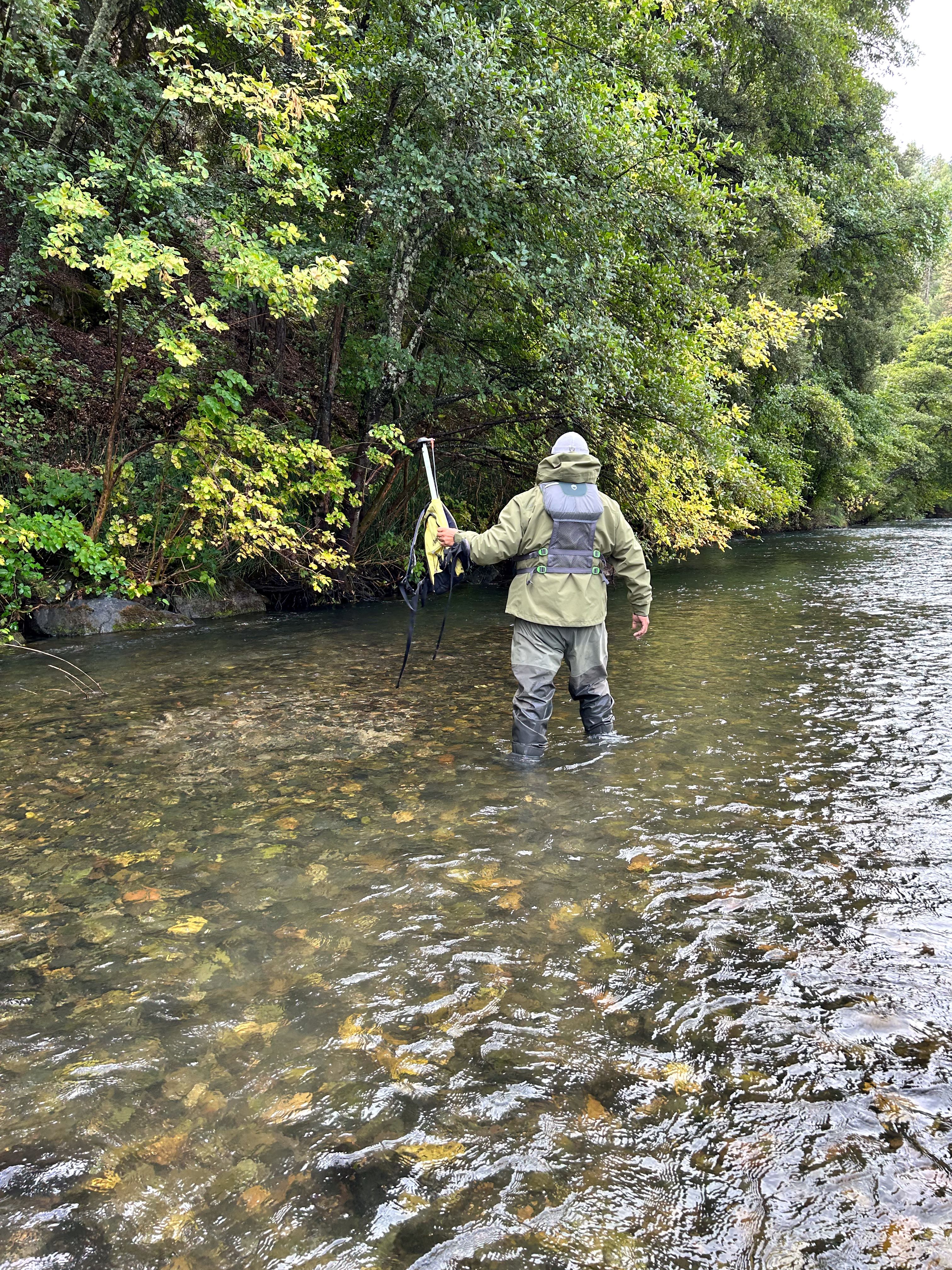
On October 16, operations began the ramp down of river releases from summer baseflow of 450 to 300 cubic feet per second. The decline in baseflow on October 16 is a management necessity. Scientists hypothesize adding pulse flows or increasing flow this time of year could be beneficial for fall fish populations. Release amounts and times have been announced as the following:
Date Time From (cfs) To (cfs)
10/16/2024 0800 450 400
10/16/2024 1200 400 350
10/16/2024 1600 350 300
View current flow readings from USGS gauges.
Redd and Carcass surveys are underway and preliminary data for the 2024 season are showing that the counts continue to be around the 2002-2023 median and mean to date although are trending lower than 2023. Spring-run Chinook Salmon spawning activity is expected to slow down over the next couple weeks as we enter the beginning of the fall-run spawning period.
Photo: A Yurok Tribe Fisheries Department technician adds a redd (salmon nest) to the geo-locator in an upper reach of the Trinity River.
Reading, Listening, Watching
Blue Elderberries (Sambucas Caerulea) | Muriel Ammon
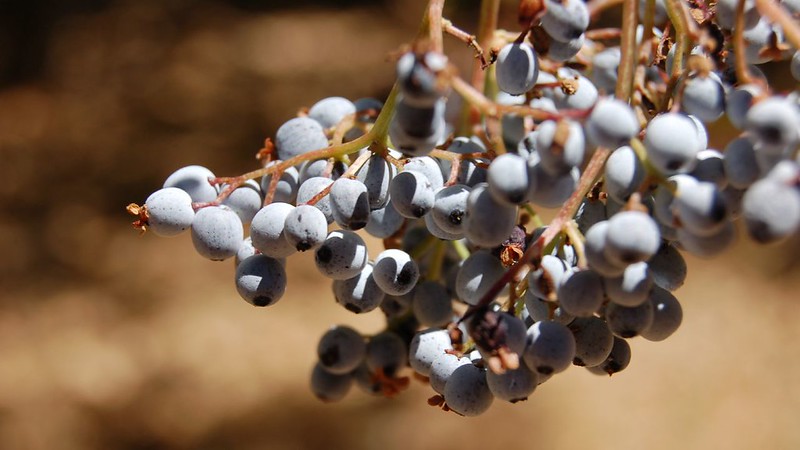
Blue elderberries, native to California, grow throughout the Northwest and are found here in Trinity and Humboldt Counties. These trees are known for their dainty elderflowers, nutritious elderberries, and hard, hollow wood. Indigenous people have long maintained relationships with elderberries. This food source carries medicinal benefits, famously made into elderberry syrup to promote a healthy immune system and
fight respiratory illnesses. Animals, too, enjoy these berries as they ripen in the summer months. Elderberry trees serve as habitat … Continue Reading
Final Step in Klamath River Dam Removal Opens Path for Returning Salmon | NOAA Fisheries
West Coast Regional Office feature story. October 2, 2024.
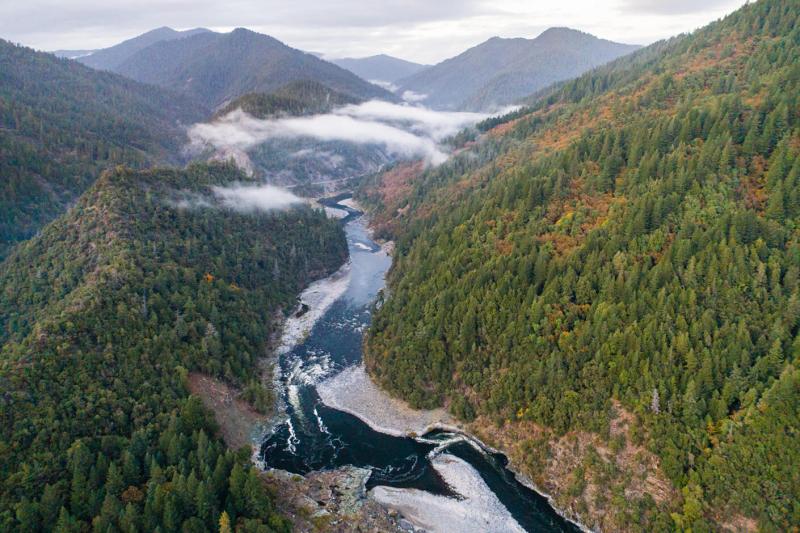
Here today, forgotten tomorrow: How shifting baselines transform nature and challenge restoration | Maven’s Notebook Feature
By Alastair Bland. September 30, 2024.
Current water policies in the Delta encourage “shifting baselines” that gradually degrade ecosystems. But ongoing work on the Klamath River shows that restoring ecosystems to a better state than the status quo is possible. Continue reading …
The foodscape – (re) connecting salmon to the productive capacity of their watersheds | California Water Blog
By Gabriel J. Rossi, J. Ryan Bellmore, Jonathan B. Armstrong, Carson Jeffres, Sean M. Naman, Stephanie M. Carlson, Theodore E. Grantham, Matthew J. Kaylor, Seth White, Jacob Katz, Mary E. Power
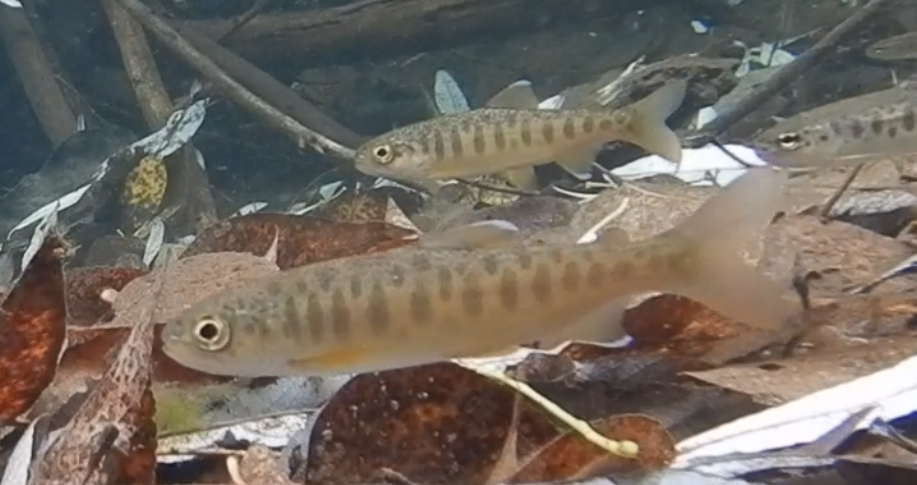
In 1927, the famous ecologist Charles Elton (when he was 27 years old) set the stage for the modern ecological study when he published his great treatise “Animal Ecology.” In it, he penned: “Food is the burning question in animal society, and the whole structure and activities of the community are dependent upon questions of food-supply” (Elton 1927). This sentiment is older than modern science of course – it reflects millennia of human history where people tracked great animal migrations and observed relationships between animals and their environment. And yet, oddly, this sentiment failed to take root in the last century of salmon research and management. Continue reading …
Program Update
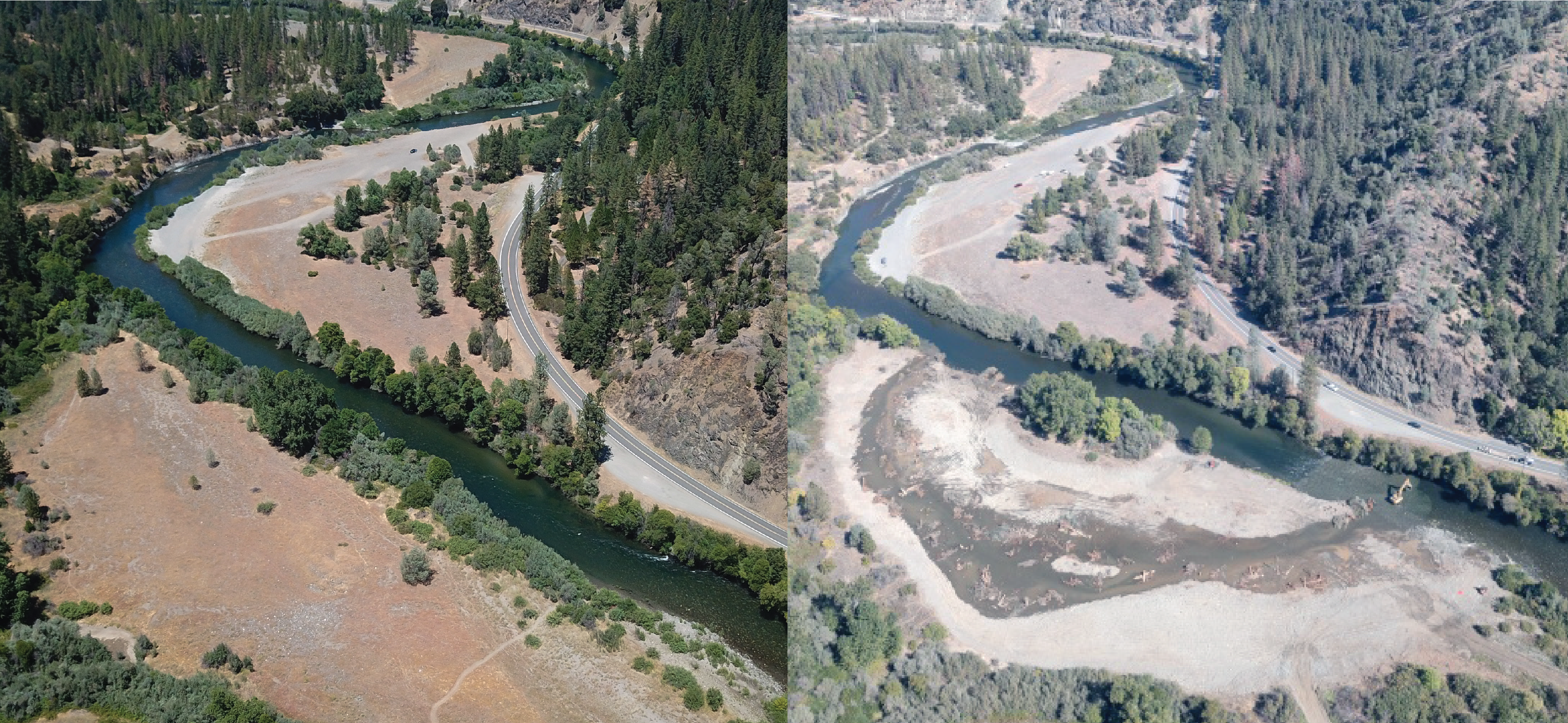
Civil construction of the Upper Conner Creek project has wrapped for 2024. Despite the late start, crews from the Yurok Tribe Construction Corporation, The Yurok Tribe Fisheries Department and Hoopa Roads Department completed the first phase of construction in just under two months. Working exclusively on river left at river mile 78.3 in Junction City, the civil construction crews focused on lowering the 5.7 acre floodplain expansion for juvenile rearing habitat and creating an enhanced riffle for spawning habitat.
Featured Article
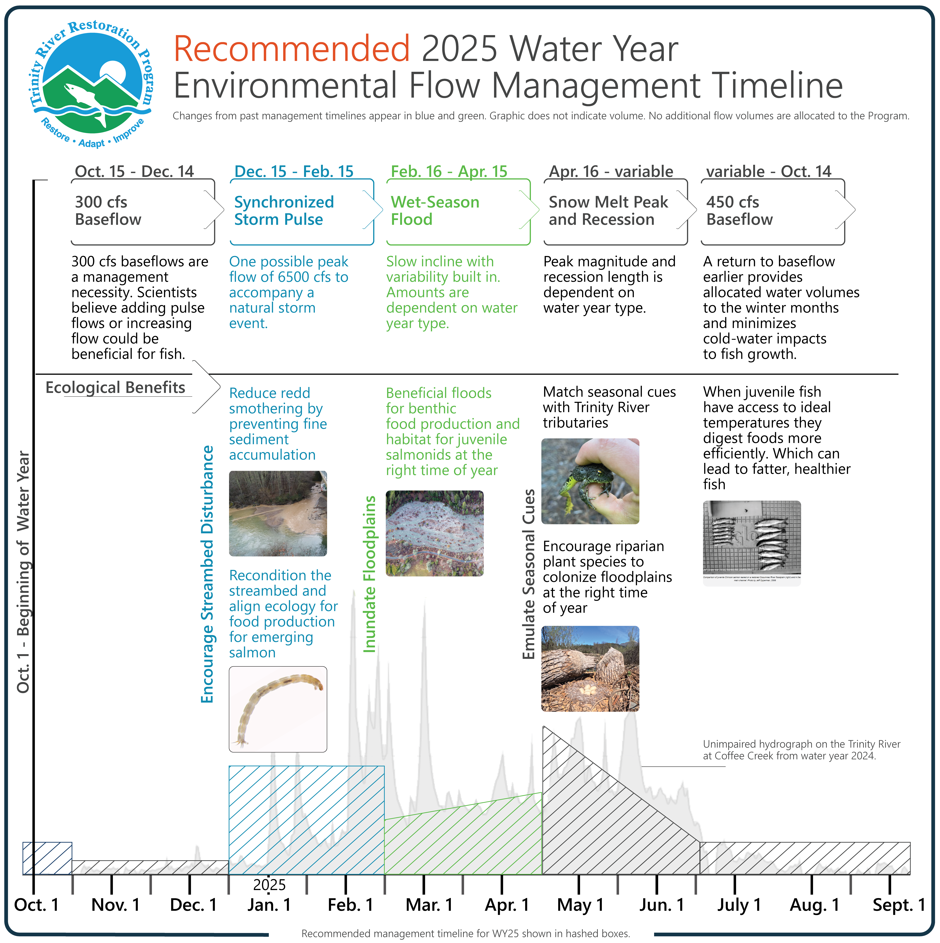
Flow variability, the pulse of a river system
Prior to construction of dams on the Trinity River, flow and river temperatures were synchronized throughout the watershed with seasonal ecology. Storms and snow melt floods regularly altered the stream channel, transporting sediments, wood and rocks. Seasonally predictable disturbance helped maintain a healthy streambed and riparian forest. Disturbance was followed by growth, with wetted areas providing consistent habitat for insects, fish and frogs alike. Even though each year provided different conditions, there was predictability with which aquatic and riverine species, like salmon, evolved to exploit.
Trinity River Watershed: Animal Spotlight
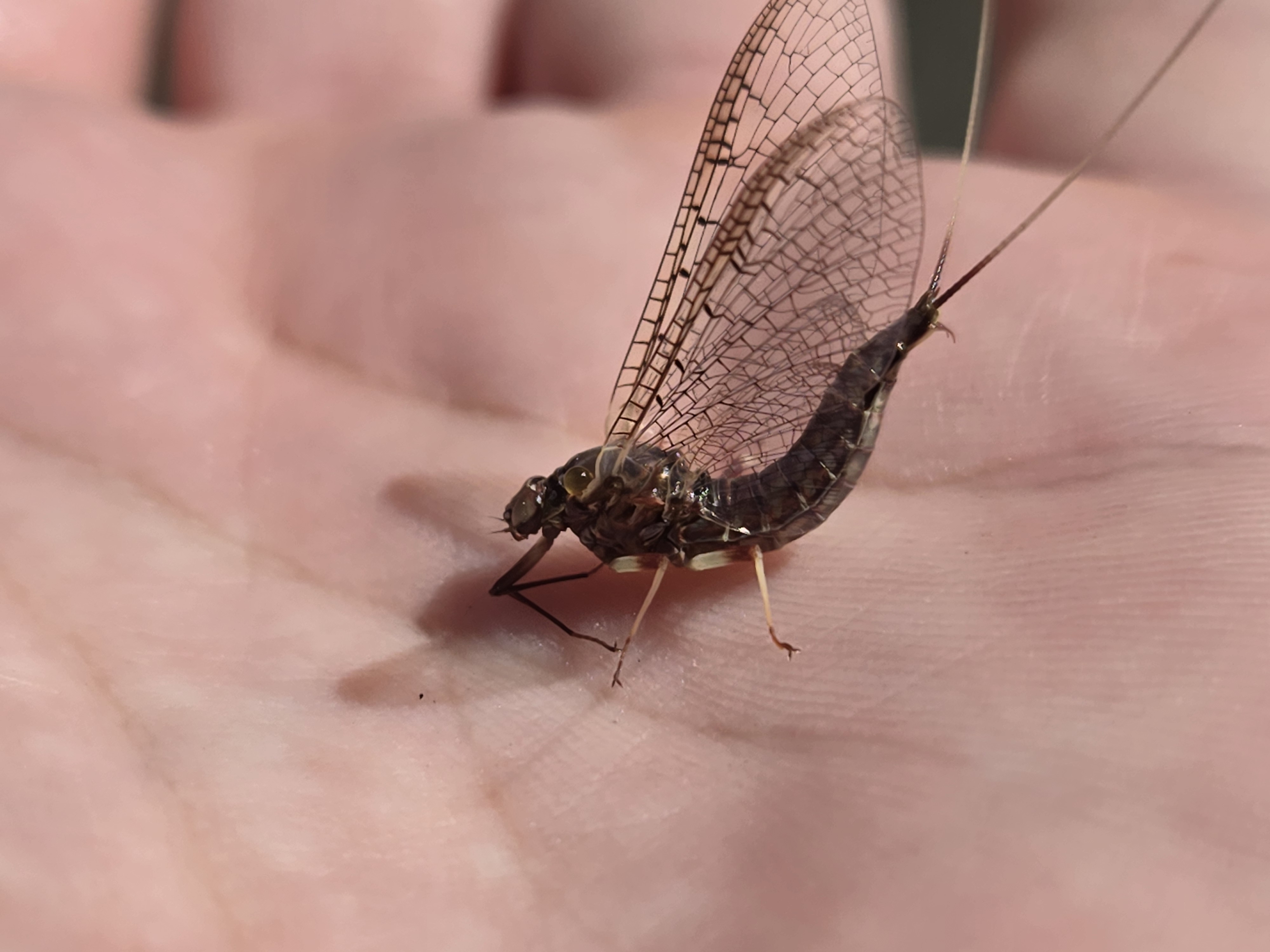
Bug of the month: Mayfly
Isonychia mayflies
You may have noticed a rather large insect fluttering down the river during the months of September and October. These insects are mayflies from the family Isonychiidae (eye-son-nic-ee-uh-day) (known in the fly-fishing community as Mahogany Duns or Slate Drakes). Mayflies are unique in that they have two adult stages in their lifecycle while all other insects have one.
Photo Credit: Chris Laskodi, Yurok Tribal Fisheries Department
.
Upcoming Meetings and Events
For a full list of events, click to view the TRRP Calendar.
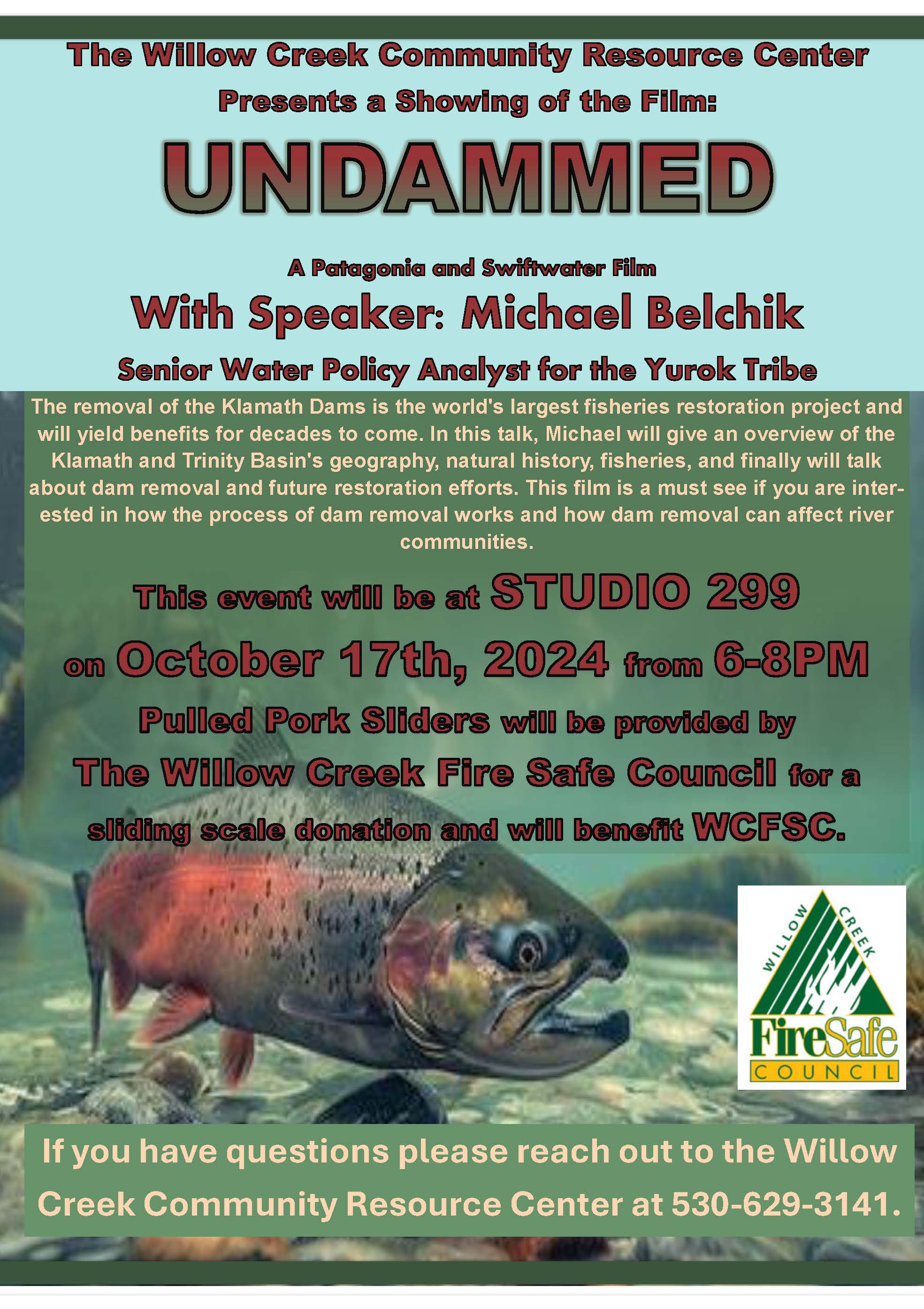
October 17, 6pm – UNDAMMED
Studio 299, Willow Creek, Ca.
Showing of the Patagonia and Swiftwater Film with Speaker Michael Belchik, Senior Water Policy Analyst for the Yurok Tribe
The removal of the Klamath Dams is the world’s largest fisheries restoration project and will yield benefits for decades to come. In this talk, Michael will give an overview of the Klamath and Trinity Basin’s geography, natural history, fisheries and finally will talk about dam removal and future restoration efforts. This film is a must see if you are interested in how the process of dam removal works and how dam removal can affect river communities.
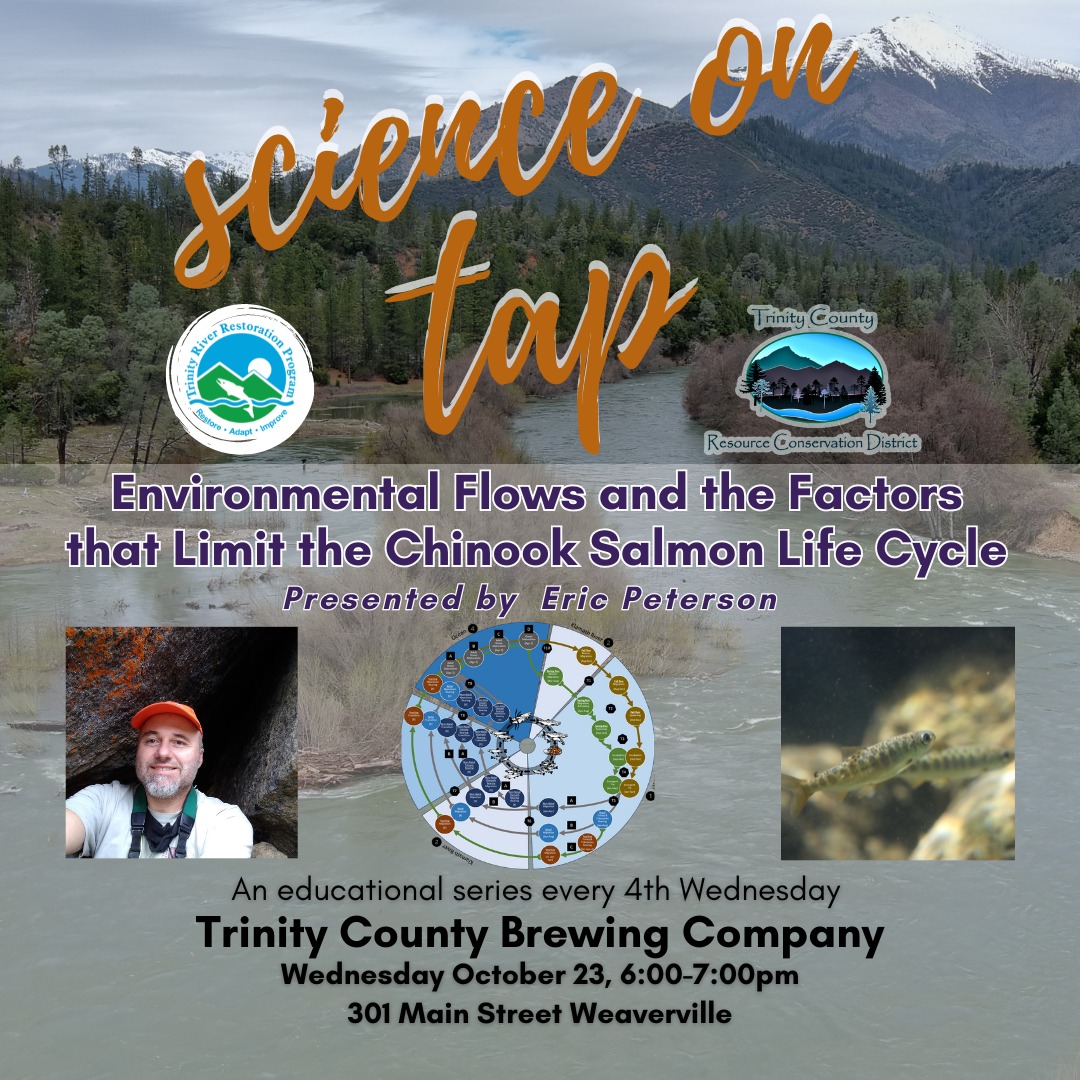
October 23, 6pm – Science on Tap
Trinity County Brewing Company
Environmental Flows and the Factors that Limit the Chinook Salmon Life Cycle
Join us on Wednesday, October 23 at 6 PM at Trinity County Brewing Company for Science on Tap, featuring Dr. Eric Peterson Science Coordinator for the Trinity River Restoration Program. Before constructing the Trinity and Lewiston Dams, Chinook Salmon thrived in the Trinity River. However, changes to the river’s flow have had a lasting impact on the species. While juvenile salmon numbers have improved, adult returns remain low, prompting ongoing efforts to understand and address these challenges. Eric’s presentation will delve into the factors influencing the salmon life cycle and discuss how flow management might help.
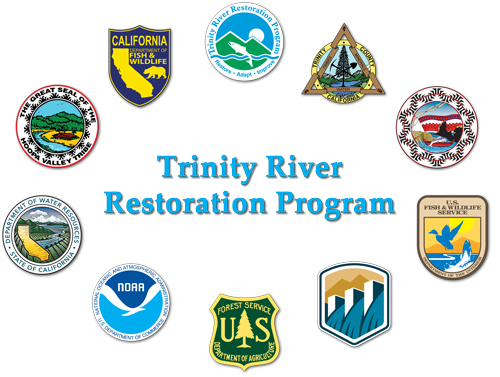
December 4 & 5 – All Day Quarterly TMC Meeting
In Person: CalTrans West Venture Building 1031 Butte St, Redding CA 96001
Click here to join the meeting
Meeting ID: 273 484 281 409
Passcode: vHAeKC
Contact Us
Call Us: 530-623-1800 Email Us: info@trrp.net
